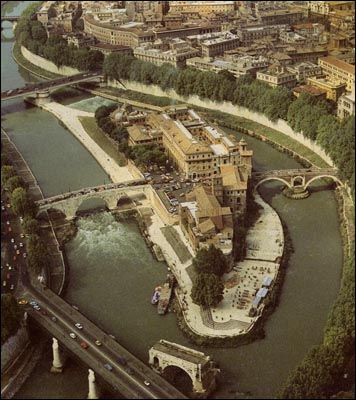 Arriving at each new city, the traveler finds again a past of his that he did not know he had: the foreignness of what you no longer are or no longer possess lies in wait for you in foreign, unpossessed places.
Arriving at each new city, the traveler finds again a past of his that he did not know he had: the foreignness of what you no longer are or no longer possess lies in wait for you in foreign, unpossessed places.
Italo Calvino, Invisible Cities
Humans are inclined to make their mark; desperate to leave something with the hopes of longevity. Whether it be two lovers scraping and scarring Mark and Maria Forever into the side of a 2000 year-old palazzo or an emperor constructing a magnificent arena from brick and marble where the world would be entertained and distracted – bloodthirsty. There is a universal allure that holds human fascination, that is coping with our own temporality; death.
Each generation imagines its own apocalypse and reinvents the inevitable end and post-end. The element of apocalyptic deconstruction and reconstruction of space is the very construction and foundation of Rome. Built, rebuilt and rediscovered, this is a city that allows us to see into our past, present and future.
Why does every generation go through the same suspicion it will be the last, the end point? The apocalyptic vision is not a special or unique idea; if anything it has become a cyclical part of culture. There is however, always the possibility (now more than ever) of a big change, the end of humanity and it’s last stand. What draws my attention to this idea is it’s call for sincerity, action, blind faith and risk in art. Rome has faced this end. Within this eternal city are insights into our condition, our nature. This idea provides an imaginary playground full of speculation of what will be; every moment is the future and the end.
The dark and tumultuous current of the Tiber pull through the city. It was there from the beginning. It passes St. Peter’s and at Tiber Island splits, isolating the sick and dying during the plague, reconvening under the Ponte Rotto. Its banks have seen the beginning of civilization and the two twins whose story created the eternal city, they have seen Rome’s birth, death and reincarnation.
Millions of tourist flood Rome. Religious pilgrimages reach their destinations of the Vatican. Pagan churches that now bear crosses accept their visitors in floods of tour groups. Gelato and postcards. The surface of Rome is covered with movement, entertainment and distraction. They have all heard the stories of the Colosseum, the brutal bloodshed and battles, but have failed to realize that they are no different from crowds of people screaming for entertainment and blood.
Tristan Barlow, Teaching Assistant 2011 & 2012
Main image: Courtesy of nycerome.com
